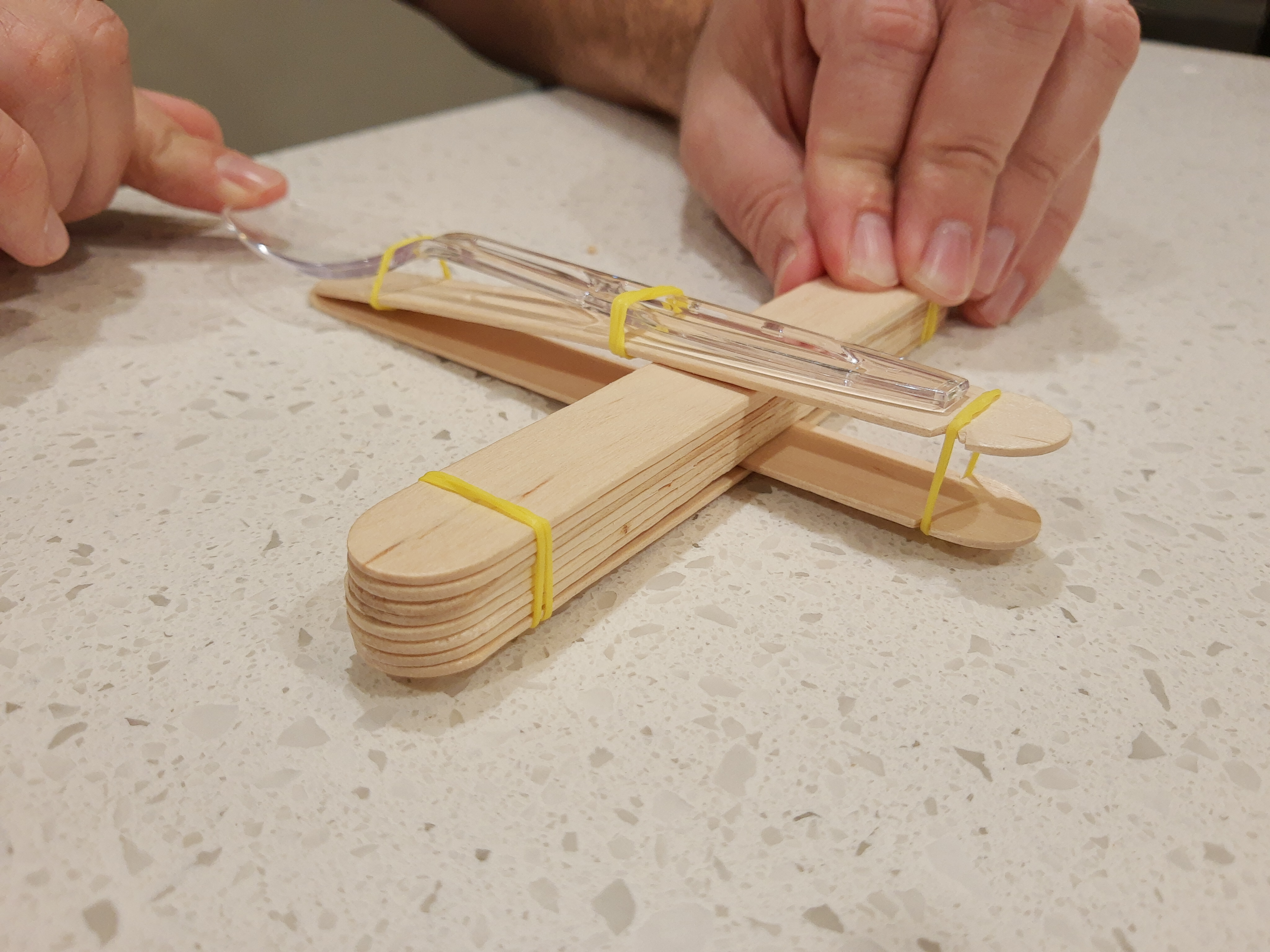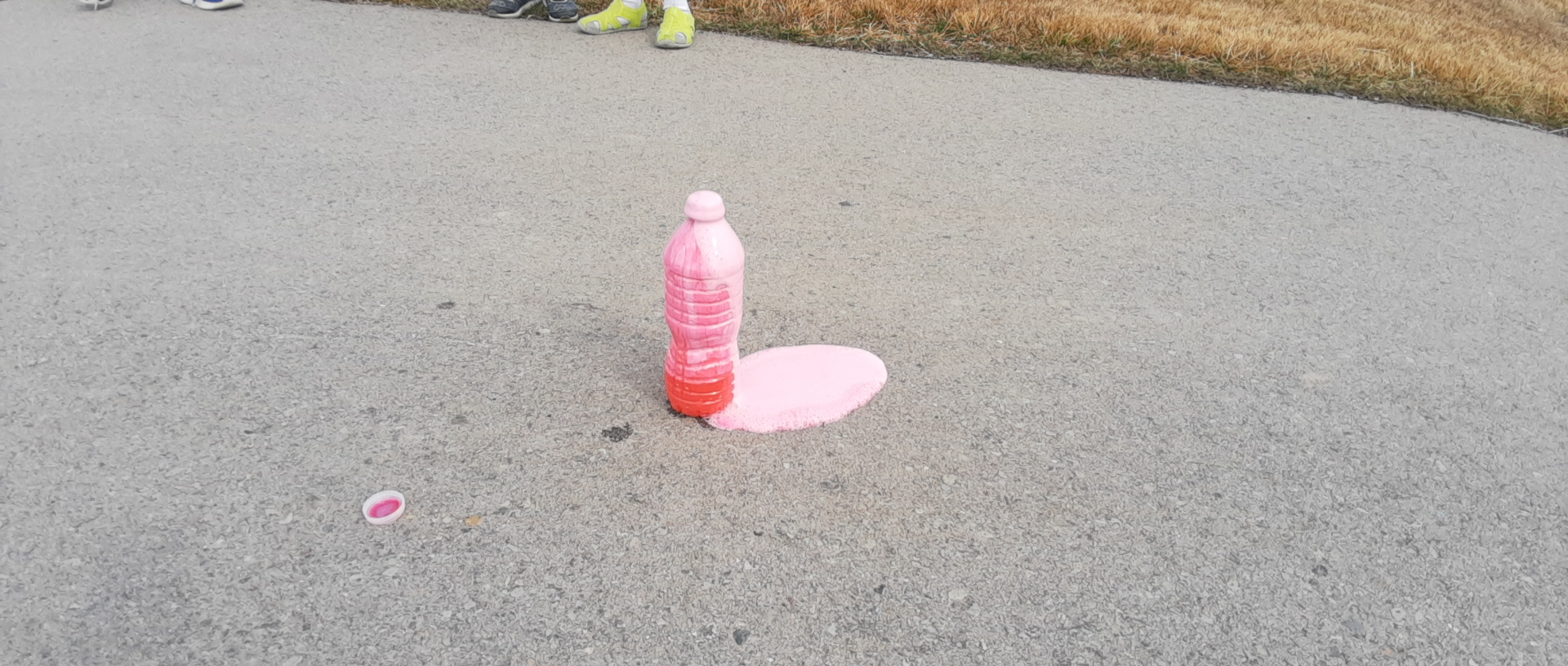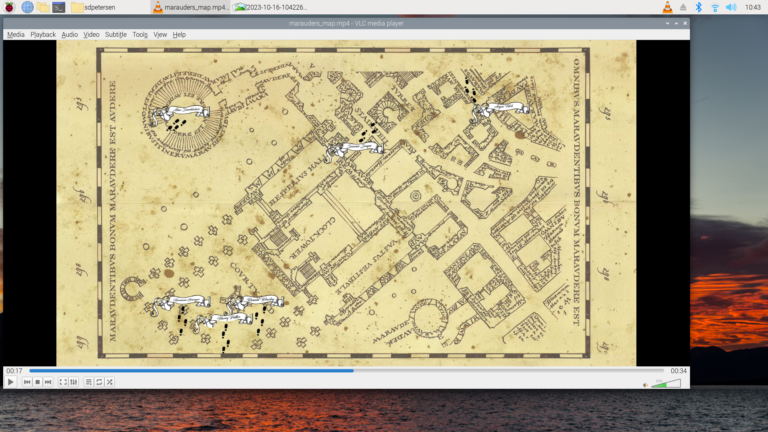Kid Friendly Elephant Toothpaste

Elephant toothpaste is an exciting and fun chemical reaction. It creates massive amounts of foam that can shoot out of a container. The name originally comes from the fact that it looks like toothpaste being squeezed out of a giant tube, a tube of toothpaste clearly large enough to be used by an elephant. Of course, it is not toothpaste and should not be eaten. The original version involves high levels of hydrogen peroxide (30%) and a catalyst ingredient of potassium iodine. This combination can create chemical burns and because of this, it is not suitable to use with kids. Check out our lesson and recipe for a kid friendly elephant toothpaste version!
Kid Friendly Elephant Toothpaste Lesson
The following lesson is for a kid friendly version of Elephant Toothpaste, that is safe to touch. This experiment uses a catalyst ingredient of yeast and less hydrogen peroxide (3%). The effect is very similar, but the chemical reaction will not cause burns or be dangerous. It is completely safe, although you shouldn’t use it as toothpaste. This makes it a great modification that can be used in (or better outside) of the classroom!
Lesson Plan
Objective
To understand simple chemical reactions.
Materials

- Empty 20-ounce plastic bottle, we used an empty plastic water bottle.
- 1/2 cup -3% hydrogen peroxide (available at any grocery store.)
- Packet of active yeast- or 2 1/2 teaspoons(from the grocery store)
- 1/4 cup liquid dishwashing detergent
- 1 cup warm water
- Food coloring
Understanding the Science
Vocabulary-
Enzyme- something that is made by a living organism which acts as a catalyst to bring about a specific biochemical reaction.
Catalase- an enzyme that breaks down hydrogen peroxide into gas and water.
Catalyst- something that is used to speed up a reaction.
Exothermic Reaction- creating heat
The Science:
The yeast contains an enzyme called Catalase. The enzyme will cause the hydrogene peroxide to break down into the gas and water componats. As it breaks down the oxygen that is released gets trapped by the liquid soap. This turns into the foam that explodes out!
The enzyme, Catalase, is found in many things. Including potatoes, dogs and even our bodies. This is why when you use hydrogene peroxide (3%) on a cut it will often bubble.
This occurs because of a process called oxidative metabolism. Which is how cells gain energy. Our cells produce low amounts of hydrogen peroxide that needs to be neutralized. Our bodies neutralize it through enzymes like Catalase.
Lesson Discussion
We are going to experiment with chemical reactions today. Chemical reactions are when we combine two chemicals to make something happen.
In our experiment today we will break down hydrogen peroxide. Hydrogen peroxide is made out of water and oxygen. In order to break it down we have to add something, called a catalyst. The catalyst will start a chemical reaction. The catalyst we are going to add is found in yeast.
Does anyone know what you use yeast for? (Baking bread)
Do an experiment with yeast to show how it creates bubbles when added with water. (Combine about a cup of warm water and 2 or 3 teaspoons of yeast. The water must be warm. I usually test it on my wrist the same way you would if you were making a babies bottle. Gently stir the yeast a little to mix it in. Let the yeast sit for 5 minutes. You should start to see it bubble.)
Yeast has a special enzyme that will break the hydrogen peroxide down into gas and water. We are going to add liquid soap to the mix. It will break down very quickly, but the soap will capture the gas as it is released and before it can escape.
What do you think will happen when the gas is caught in the soap?
Bubbles will form, lots and lots of bubbles.
This also will cause an exothermic reaction, meaning that it will create heat. The stronger the peroxide the more heat is created. We are going to use 3% which isn’t as strong and won’t burn us.
30% will cause chemical burns.
Experiment

Step 1-Combine together 1/2 cup hydrogen peroxide, 1/4 cup dishwashing soap and a few drops of food coloring in one of the bottles. Gently mix it together.

Step 2-In a second container (we used a liquid measuring cup with a spout so it was easier to pour.) Add about a cup of warm water, run the water on the inside of your wrist to make sure that it is not too hot or too cold. Add the packet of yeast. Yeast activates best in lukewarm water. Give the yeast about 5 minutes to start to activate. You should start to see bubbles forming.

3- Take the two containers outside or in an area that can get messy. When you are ready for the excitement add the yeast/water mixture to the soap mixture. Step back and watch the fun!
We repeated the experiment using 10% hydrogen peroxide. You can get this at a local hair care store, like Sally’s. We were a little more careful with the mixture this time and wore protective gloves and glasses.
Wrap up and Conclusion
Ask follow up questions.
What did you notice?
Did the bubbles form quickly or slowly?
Did the 3% or 10% solution cause a larger reaction. (If you tried two different variations.)
Extension
We love Mark Rober videos. This video is where we first learned about Elephant Toothpaste. The boys wanted to find a way to create it ourselves. This video shows the power of chemical reactions. Of course, the extreme chemical reaction he does is not safe to do in a classroom or home setting, but it is amazing to watch!
We hope you have fun with this experiment! We sure did!!
If you liked this lesson be sure to check out popsicle catapult We had so much fun learning about kinetic and potential energy and shooting objects around the house!








